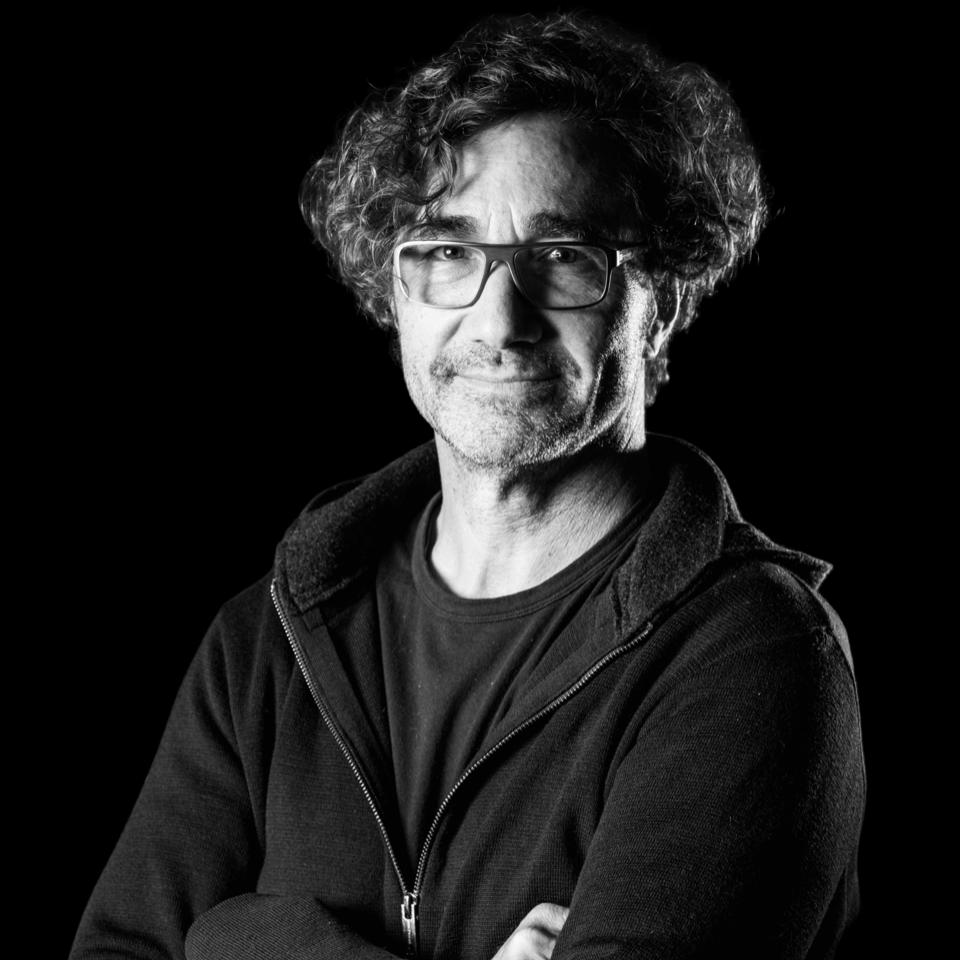Alfredo Brillembourg – URBAN-THINK TANK
Equity in Architecture IQD 70

BIOGRAPHY
Alfredo Brillembourg was born in New York in 1961. He received his Bachelor of Art and Architecture in 1984 and his Master of Science in Architectural Design in 1986 from Columbia University. Afredo Brillembourg founded the Urban-Think Tank (U-TT) collective in 1998 as an informal multi-disciplinary research group in his home in Altamira, Caracas. In 2001, Brillembourg invited Hubert Klumpner to co-found the U-TT NGO and later in 2007 to co-found the U-TT company in Caracas, Venezuela. Brillembourg and Klumpner continued their partnership in Zürich, which lasted until 2019. Brillembourg expanded the U-TT activities through numerous partnerships and running a number of still-active U-TT offices. This includes: establishing a New York branch Urban-Think Tank Design Partners while leading a GSAPP design studio at Columbia University; expanding into the South American market with a new Brazilian branch of the office U-TT/Sao Paulo to build a music school; an office in Cape Town, South Africa with Andy Bolnick of Ikhayalami Development Services to build Empower Shack housing; and U-TT Oslo run by Tord Isdal to advance solar energy solutions and tech applications. He has been a professor at the Central University of Venezuela, Columbia University’s Graduate School of Architecture and Planning, and from 2010 to 2019 at ETH Zürich (Swiss Federal Institute of Technology). Brillembourg received the 2010 Ralph Erskine Award, the 2011 Holcim Gold Award for Latin America, the 2012 Golden Lion of the Venice Architecture Biennale, and the 2012 Holcim Global Silver Award for innovative contributions to ecological and social design practices. His Empower Shack Housing project was selected by RIBA 2019 and in 2022 by the Aga Khan Foundation. In addition to all of his built work, Brillembourg has used different media to bring the topics of inequality and the politics of design to a wider audience, including publishing numerous books and producing several award-winning films.
Equity in Architecture
The globally spread commoditization of the urban sphere is violently destroying the cultural fabrics of the natural and traditional landscapes of countries and their societies. Today’s situation makes us reflect on modernism and its geometrical abstractions of the built landscape, which post-modernism broadly criticized yet provided no answer for. This ultimately has resulted in a sterile normalization of the city divided: on the one hand, islands of wealth and, on the other, ghettos of poverty. It reflects a global corporate culture which is basically the same failed model of development as was deployed in post-colonial times. Featured in this new issue of IQD are the speculations, ideas and work of a group of ground-breaking practitioners, assembled under the topic of Equity. The individual researchers and architects’ writings share the critical view that there seems to be a moment of change in urban thinking, in which we notice the rise of discussions on design on a local, micro scale: different design groups, emerging stake-holders and new forms of architectural projects taking place at the local scale. This suggests a promising way of providing flexibly with the existing city, finding opportunities and adapting solutions based on local knowledge and participation. We are talking about guerrilla strategies taking place in big European and North American cities, but that are also to be found, in another form, in the Global South. It is our hope that the knowledge extracted from such projects informs formal and official plans worldwide. The work is presented collectively as a series of tactics and avenues of engagement for urban upgrading. Some tactics conflict with each other, and projects necessarily span multiple tactics. Supplementary commentary, texts and photography from our U-TT archive complete this issue. At the center of these investigations are questions on the sustainability and social impact of buildings. We call it the Architecture of Equity.